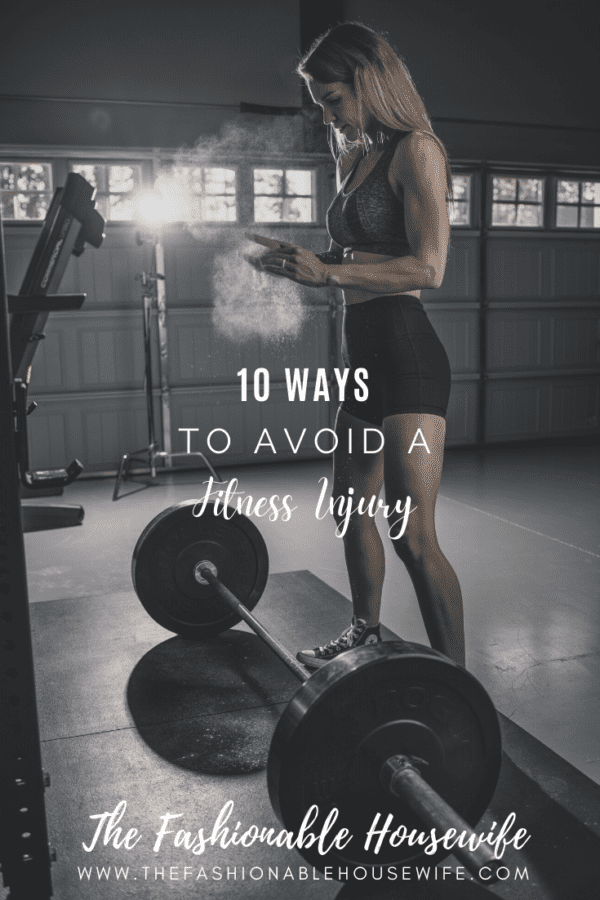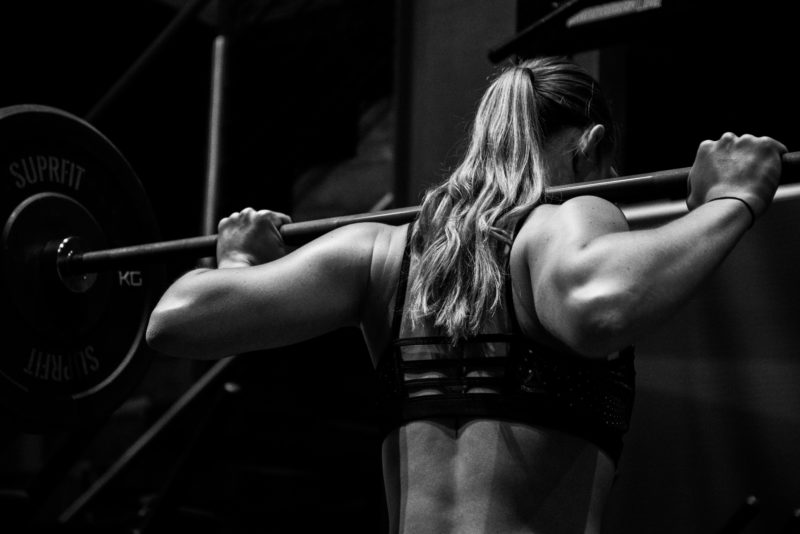
If you see the summer as a chance to get back into fitness, but you don’t want to risk an injury, this article is for you! When we get back into fitness after some time off, or when we come back after an injury, there’s a higher chance of us hurting ourselves and sitting on the sidelines.
Don’t let this happen to you! Instead, use the best practices for your fitness regime to keep your muscles and joints supple and flexible. If you follow the tips below, you will get through the danger zone with ease and meet your goals for the summer. Are you ready? Get set … read!
Warm-up
Whether you go to the gym every week or you play a sport on the weekend, you’ve probably pulled a muscle at some point; this can happen if you don’t warm up properly or you try to maintain your regular standards, having not exercised for some time. Always warm up properly.
If you start your activity without a warm-up, your muscle will be tight, your joints will be stiff, and there won’t be enough temperature in your body or blood flow to your muscles. As a result, you can overextend your muscles, causing them to tear, or they might cease up because of cramps.
Your fitness warm-up is crucial to maintaining health and reaching your fitness goals. Of course, the warm-up will depend on how fit you are and the activities; still, it’s best practice to start slowly with a fast walk or jog on the spot. Then loosen the muscles with stretching systems.
Warm down
It can be as easy to forget about a warm down as it is to forget about a warm-up; after all, the event is over, and it’s time to head home for some family time. But when you’re muscles start to ache and your joints start to cease up, you might wish you had spent 10 minutes warming down.
As with a warm-up, a warm down can be a light run or jog to decrease the heart rate and take the strain off your muscles. After exercising, your heart rate will still be high, pumping blood through the body, and a gradual decrease is a safer way to return back to optimal levels.
When you warm down like this, you also reduce the temperature and stress in your muscles gradually rather than all at once. This helps your muscles to adjust to a normal pace of life again and prevents you from ceasing up on the road home when you might overextend yourself.
Schedule a physical
What are your fitness goals for the year? Do you want to beat your personal best in a marathon, contribute more to your sports team, or increase your muscle mass to a particular weight? Whatever you’re aiming for, it’s a good idea to schedule a physical once or twice in the year.
A physical exam with check your overall health and make sure you are in the best medical condition to achieve your fitness goals. These physical exams might be carried out by a professional wearing stylish, modern, and functional nursing uniforms by Uniform Advantage.
While you might think you are in pretty good physical shape, having a physical with a professional helps to find your blind spots or areas of weakness that could lead to a long-term injury. Understanding your weak spots helps you to train better and avoid injuries on the field.
Adjust expectations
The expectations you have for your workout routine or your annual fitness goals are very important; again, if you overextend yourself, you risk a harmful injury that can knock you off course and delay your progress. So how can you set expectations that are healthy and realistic?
Chances are you have some idea of what your fitness limitations are, but if you don’t, you need to find them out before you can set your targets. If you want to increase your stamina and strength for running, for instance, give yourself a short circuit to begin with, and measure it.
It’s always tempting to set your expectations higher in an attempt to push yourself, but it’s more about finding a suitable balance. Find the level you can realistically achieve, and don’t increase your goals until you meet the lower expectations. This helps keep you motivated and strong.

Use correct equipment
If you’ve ever tried to go for a run in your soccer shoes or played baseball without a set of batting gloves, you’ll know that the right equipment matters. Whether it’s for running, lifting weights, or field sports, using the right equipment improves performance and reduces injuries.
Not only do you need the right equipment, such as the correct running shoes, protective helmets, and handgrips, but the gear also needs to fit you correctly. There’s no point in investing in high-quality sports equipment if it doesn’t fit, as this can lead to some harmful injuries.
Whatever sport or fitness activity you are involved in, talk to coaches and people in the know, and look for good websites that give you the tips and advice needed to invest in the right gear. You don’t need to buy the most expensive gear but look for a balance between quality and cost to prevent things like runner’s knee for example.
Rest properly
Proper rest is important before, and after an event, this is one of the ways your body recovers, but it’s also the way your mind becomes sharp to improve your performance. Resting in the right way and for the right time period can reduce your chances of sustaining a debilitating injury.
Unless you’re Hercules, you can’t train every day, even if you would love to meet your fitness goals in half the time. But it’s unlikely that even Hercules would do this because rest days are important for your body to recover and strengthen the muscles. You won’t get far without rest.
Similarly, it can be highly beneficial to take a rest day before some intense fitness event to prepare your body and mind for the stresses. If you take one or more rest days before a marathon, for instance, your body will feel less fatigued than it would if you had extra training.
Stay hydrated
We all know it’s sensible to drink water while we work out, but we might not know why that is. We tend to drink water on the field or in the gym when we become tired or thirsty, but it’s a good idea to drink frequently in any case as it channels more water to the muscles preventing injury.
If you want to perform at your best on the track or the field, drink plenty of water before your event, this will front-load your water consumption, allowing you to perform strongly in the beginning and to last longer before your first water break. After that, fuel up frequently.
As well as water, it can be sensible to drink electrolyte fluid as well; it’s common to find electrolytes in sports drinks that boost performance. Electrolytes are essential minerals your muscles need to contract effectively. Onboarding them during exercise boosts performance.
Stretch properly
We’ve already covered warming up and warming down, processes that are incredibly important for maintaining a healthy body long-term and preventing injuries and general discomfort. One major aspect of warming up and down is stretching – muscles need to be properly stretched.
Muscles are made from long thin cells that communicate with nerves and proteins to contract when a command is given, but the muscle fibers can also stretch to accommodate various positions, tensions, and stresses. Elongating your muscles before workouts helps prepare them.
If you have some fitness goals, you will be interested in tearing your muscles from time to time so they repair and become stronger. This process is painful and necessary; however, adequate stretching before your workout helps to alleviate some of the pain and prepare your muscles.
Proper nutrition
Every sport is different and requires suitable training to perform at your best; similarly, different positions in the sport also require special muscle development and different stamina requirements. A nutritional plan is similar; you need to find a diet that suits the person and sport.
There is already a lot of nutritional information online that you can use to create a diet plan for your workout, but it’s also a smart idea to consult a professional nutritionist to create a diet plan for you. Organizing a plan for your sport increases your success levels and reduces injuries.
Best practices
Whether you like rules or not, they are there for a reason; sometimes, that reason is to make the game or event more exciting; other times, it’s to reduce your risk of injury. Always try to follow the rules of your event and employ best practices to prevent injuries to yourself or other players.
When it comes to fitness, the best practices are fairly simple, always warm up before you take part in an event, always stay hydrated, and make sure you take enough rest days to allow your body and mind to fully recover. If you do these, you should prevent injuries from happening.



